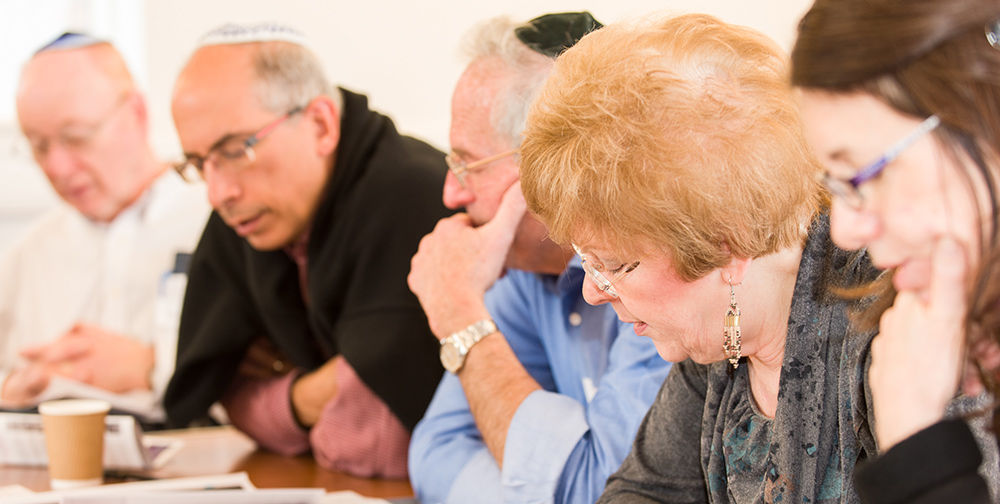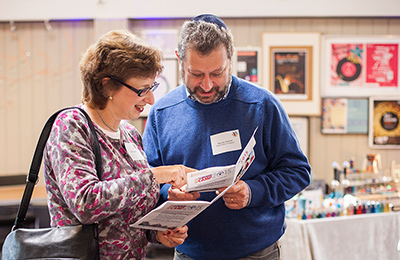Reflections: Tetzaveh

Last year, I investigated the teraphim (household idols used for divination) and Nehushtan (the copper snake with miraculous healing powers). Today, I want to look at the mysterious Urim and Tumim, which Rabbi Hertz described as “one of the most obscure objects connected with the High Priesthood.”
Urim might come from Or (Lights) and Tumim from Tam (Perfections), but that doesn’t help us to understand their appearance, construction, composition or why they were in the breastplate of the Cohen Gadol. Rashi (1040-1105) said that they were an inscribed Tetragrammaton (YHVH) placed within the folds of the breastpiece, which would bring its words to light (urim) and fulfil them (tamim). His grandson, Rashbam (c.1085-c.1174), believed they were a sort of divinely sanctioned conjuring with names which helped the people to make decisions. Ibn Ezra (1089-1164) stated they were astrological objects made of gold and silver. Nachmanides (1195-c.1270) expanded Rashi’s view – they were two sets of holy names made in heaven; the letters on the 12 stones of the breastpiece [for Jacob’s 12 sons] would light up in a particular order if the High Priest concentrated on the Urim and the correct interpretation would then be perfected in his mind if he focused on the Tumim. Abarbanel (1437-1508) asserted that the priest would answer tersely, yes or no.
Now look at Bamidbar 27:21. God tells Moses to stand Joshua, his successor, before Eleazar, the new High Priest,” who will inquire for him [Joshua] through the judgment of the Urim before God; at his word [Eleazar’s or Joshua’s?] they will go out and at his word they will come in; he and all the Bnei Yisrael with him and all the congregation.” So, the Urim and Tumim may have had some divinatory or oracular power eg, God, should we go to war or not? That is why many translate “choshen mishpat” as breastplate of decision. However, as Joshua never consulted these objects, there might have been a symbolic message. Unlike Moses, Joshua would never be a prophet with whom God would communicate directly. If he needed to consult God, he would have to turn to the one person who could elicit a divine answer. The Urim and Tumim made the High Priest indispensable to the secular leader (Devarim 33:8). The Torah may have forbidden the people to practise divination (Vayikra 19:26, Bamidbar 23:23, Devarim 18:10), but the High Priest was exempt!
Saul enquired of God but was usually rebuffed. David was always successful. Their approach suggests divination by lots, cleromancy. The Septuagint indicates that the Urim provided a yes and the Tumim a no. After David, the prophets became the primary intermediary for understanding God’s will. Once their era ended, important questions would have to remain unanswered until a priest materialised with the Urim and Tumim (Ezra 2:63). God may have hidden His face as He warned (Devarim 31:17-18 and 32:20), but the Sages recommended good deeds, prayer and the halacha as preferable routes to God. And did divination disappear? My maternal grandfather recalled people in his town rushing to their rebbes for decisions which they felt powerless to make. Plus ca change.
Nahum Gordon leyns, davens and gives divrei Torah at Kol Nefesh Masorti Synagogue; he also teaches at New North London.




